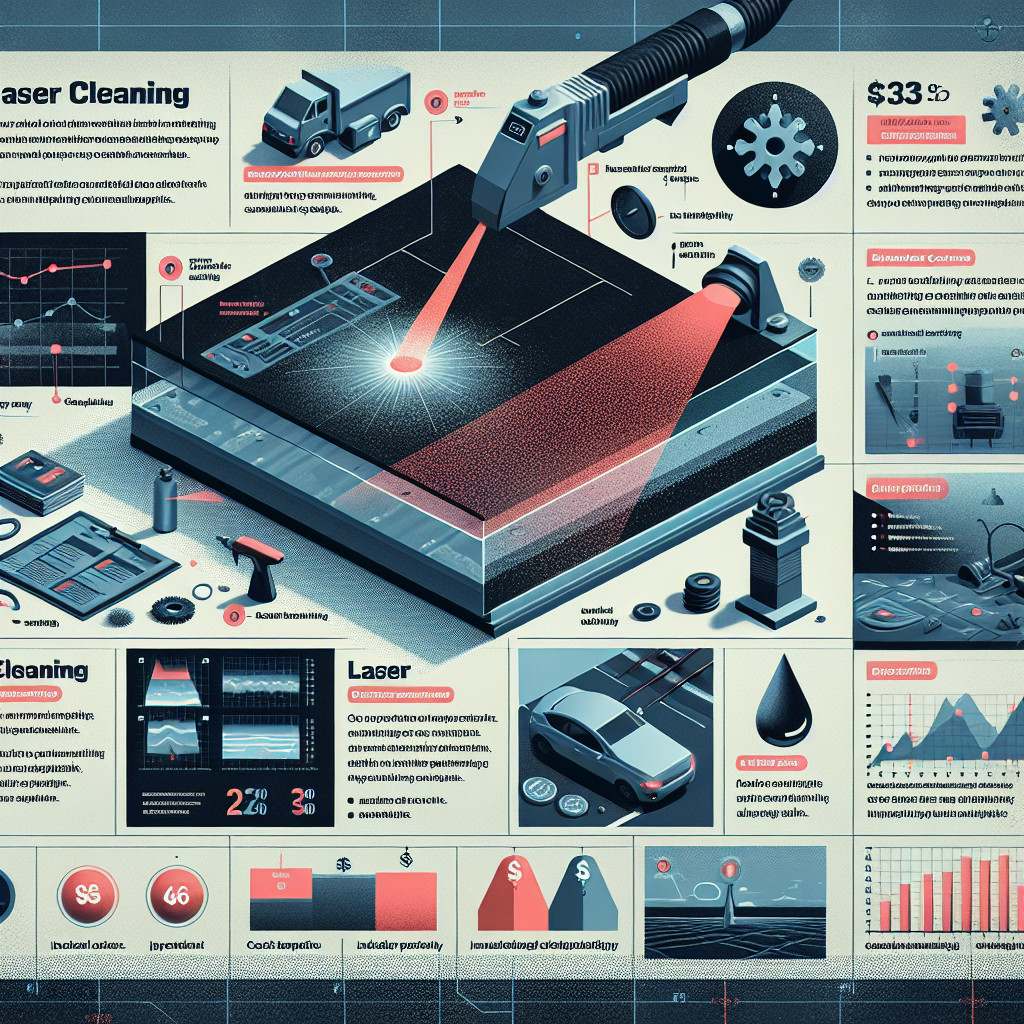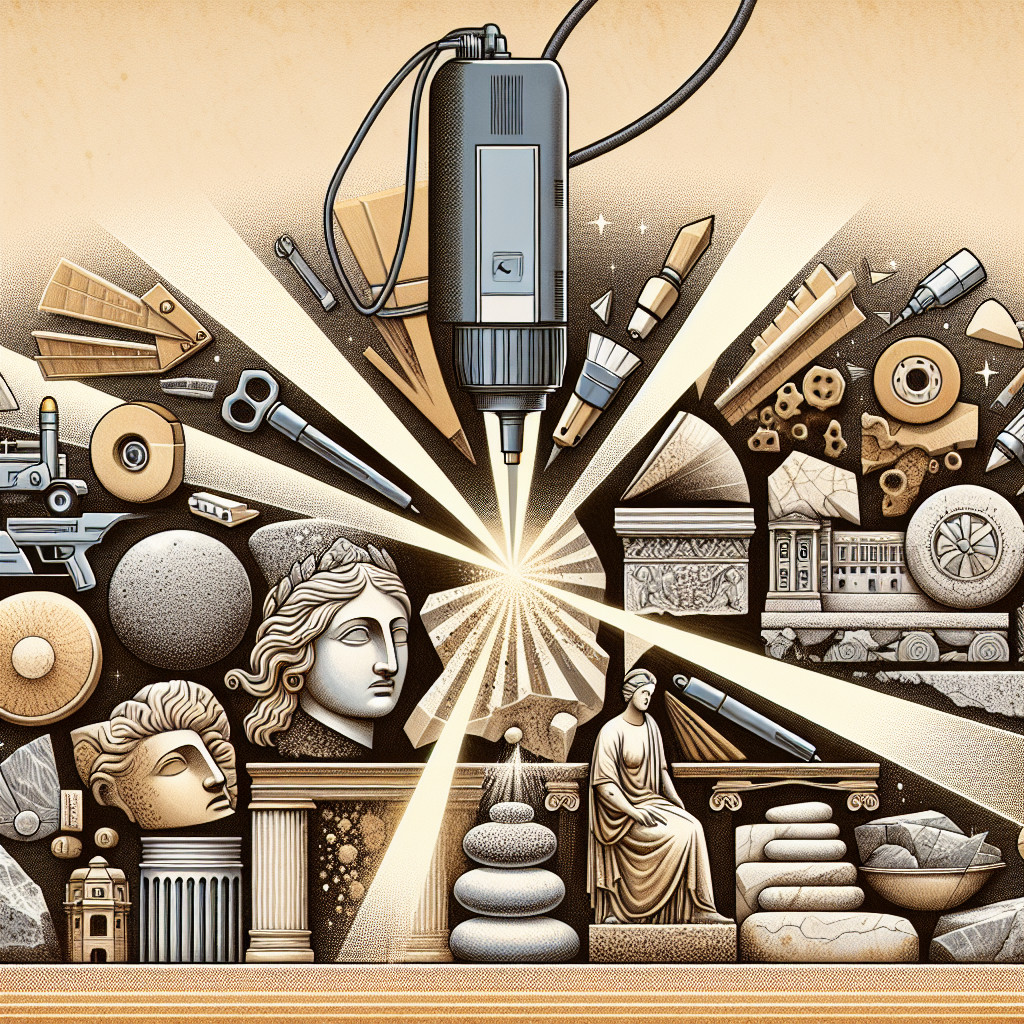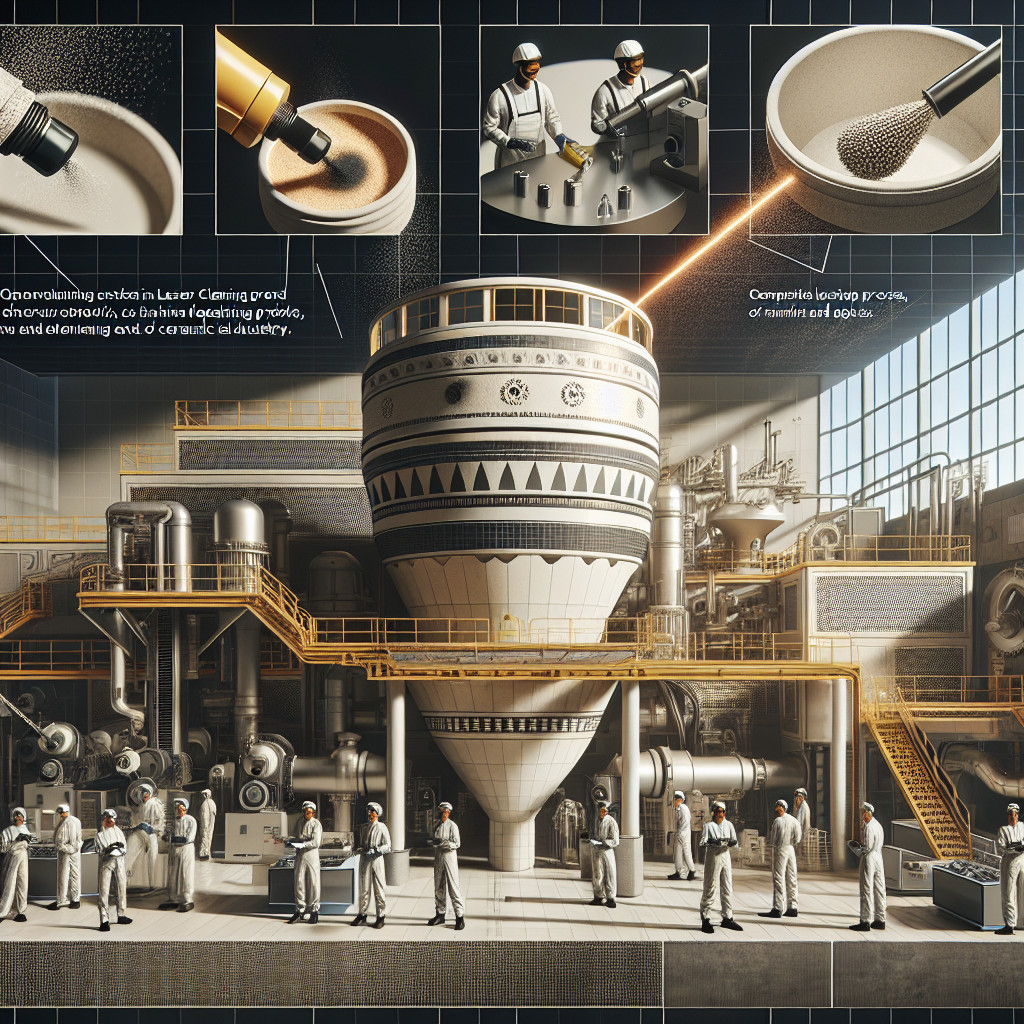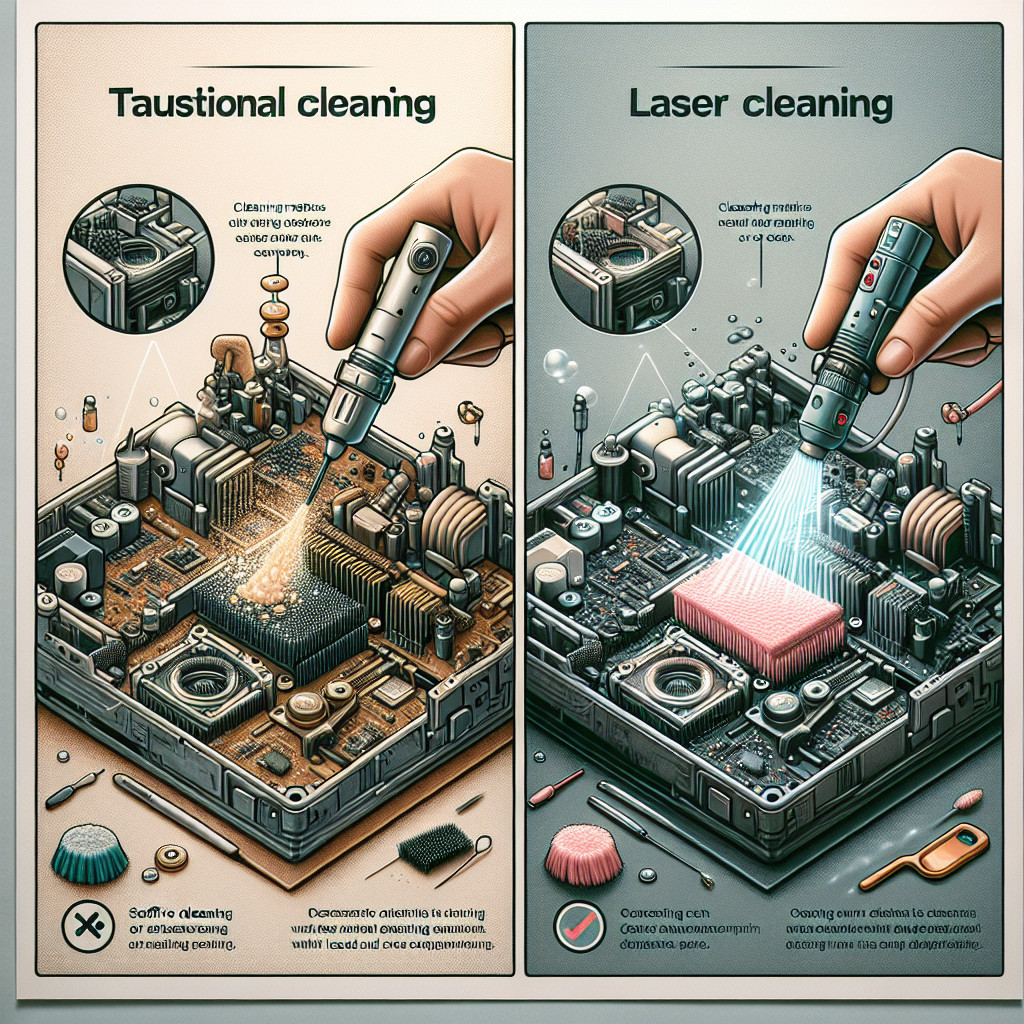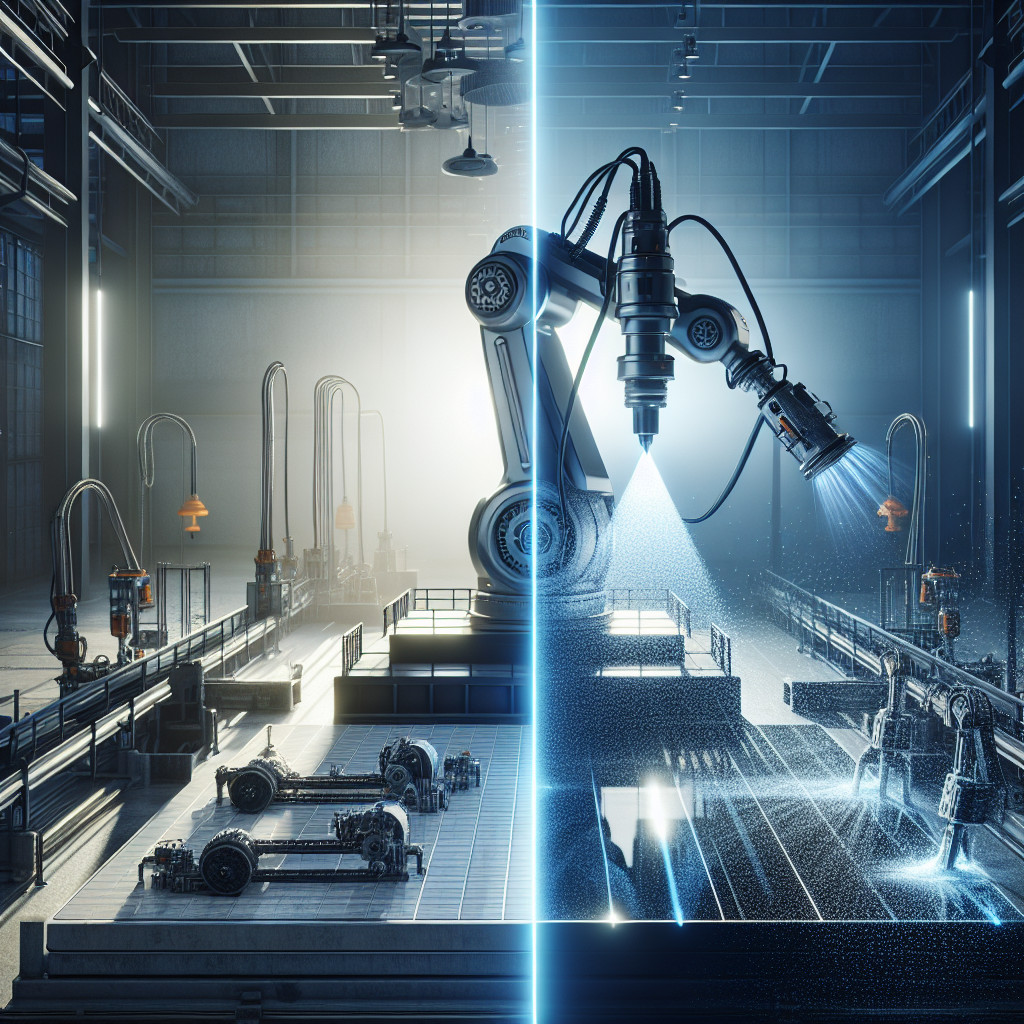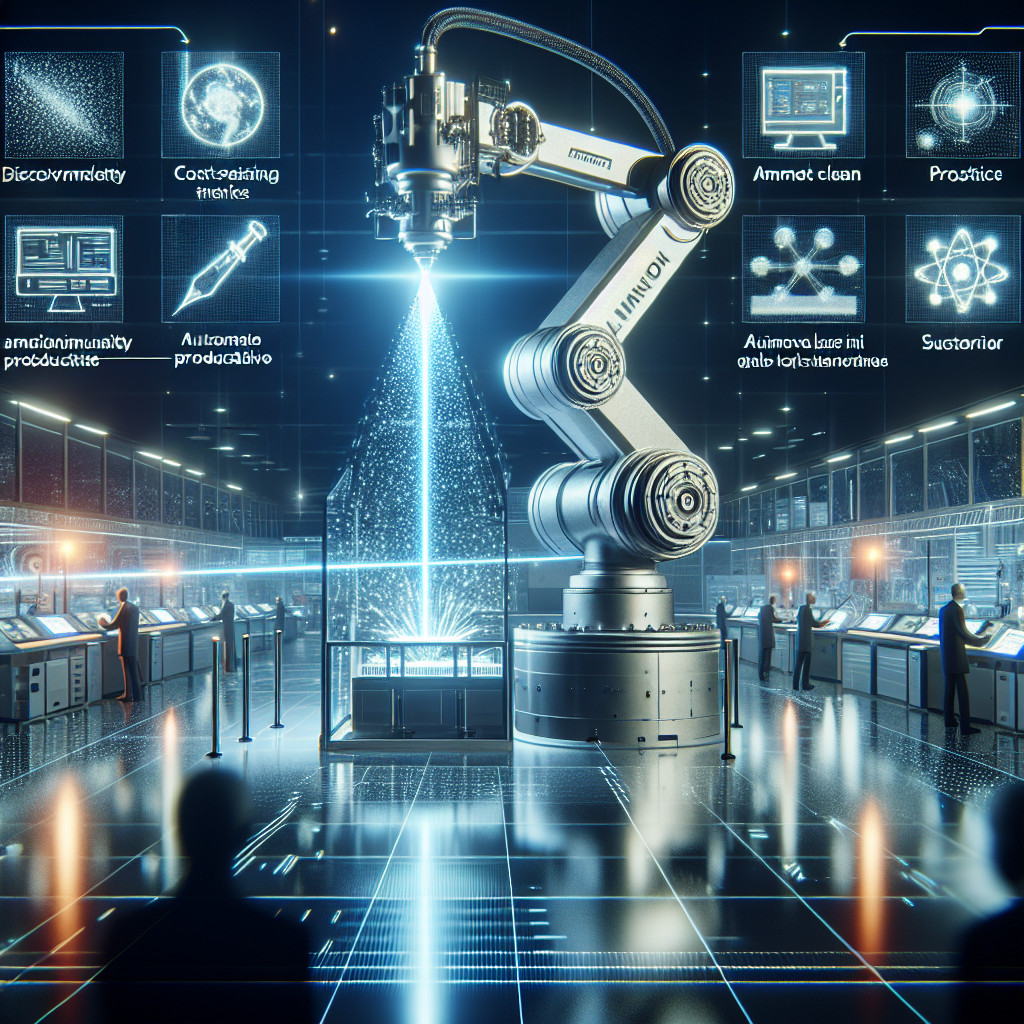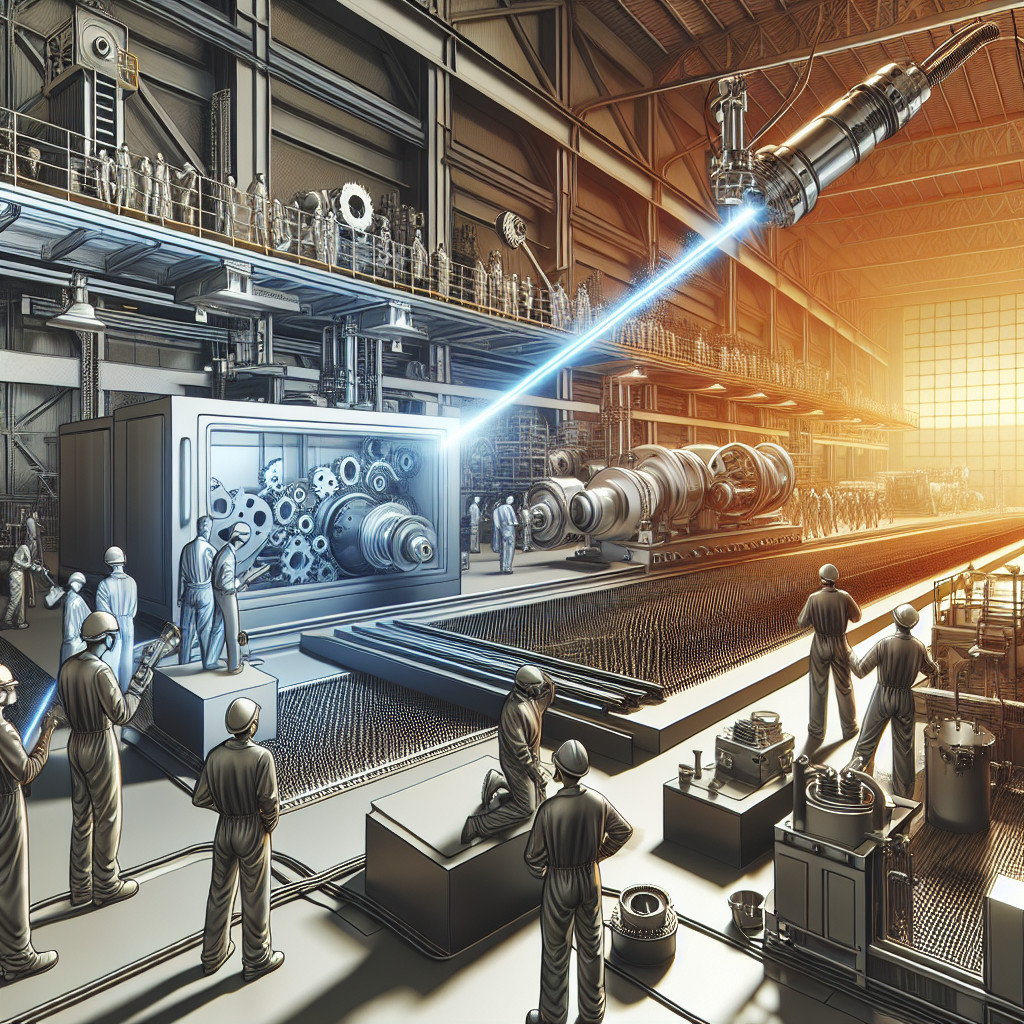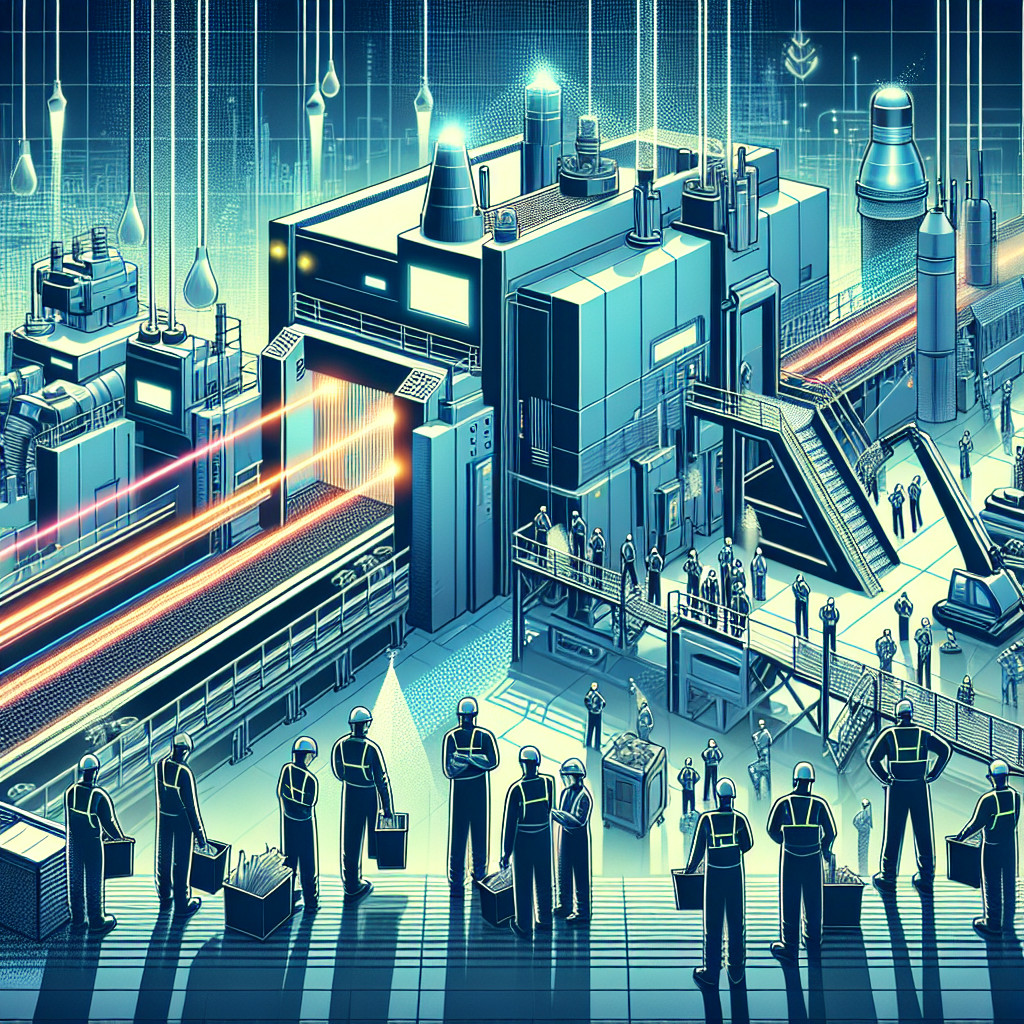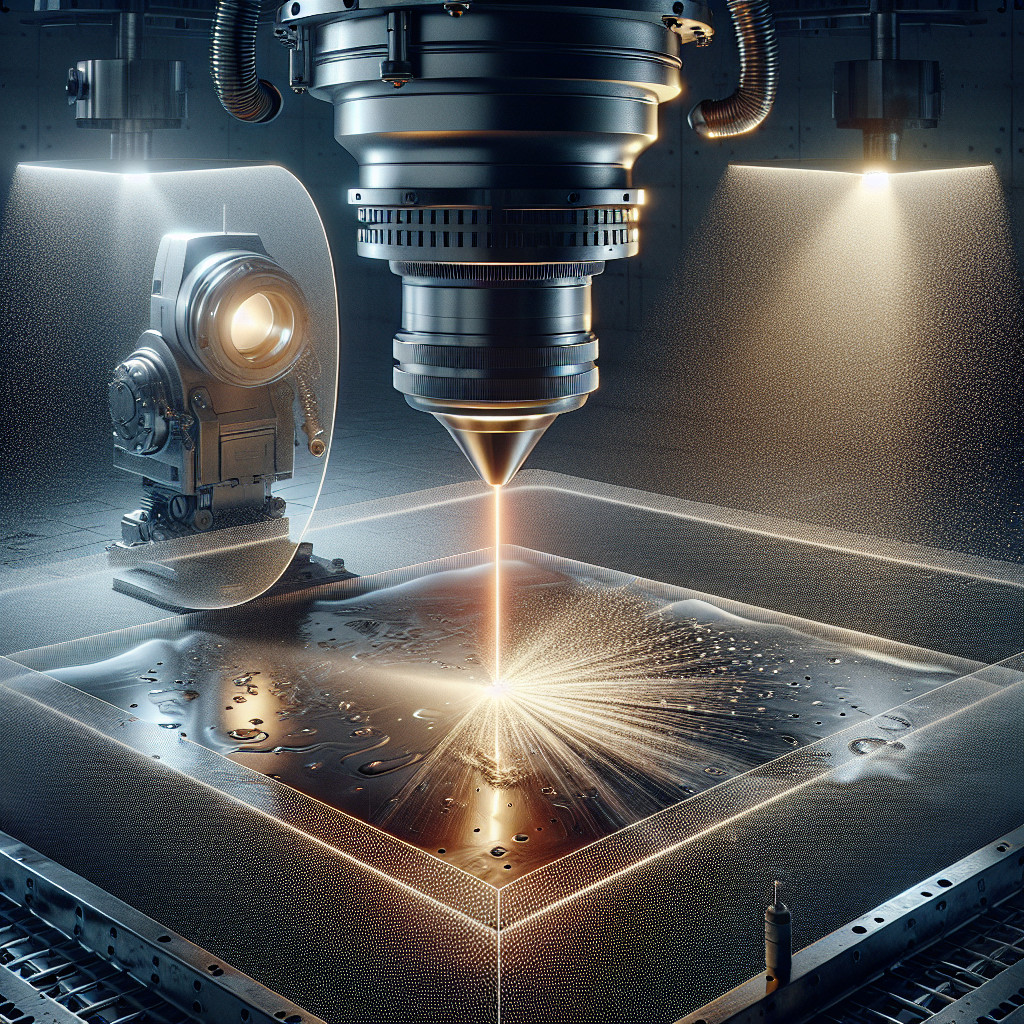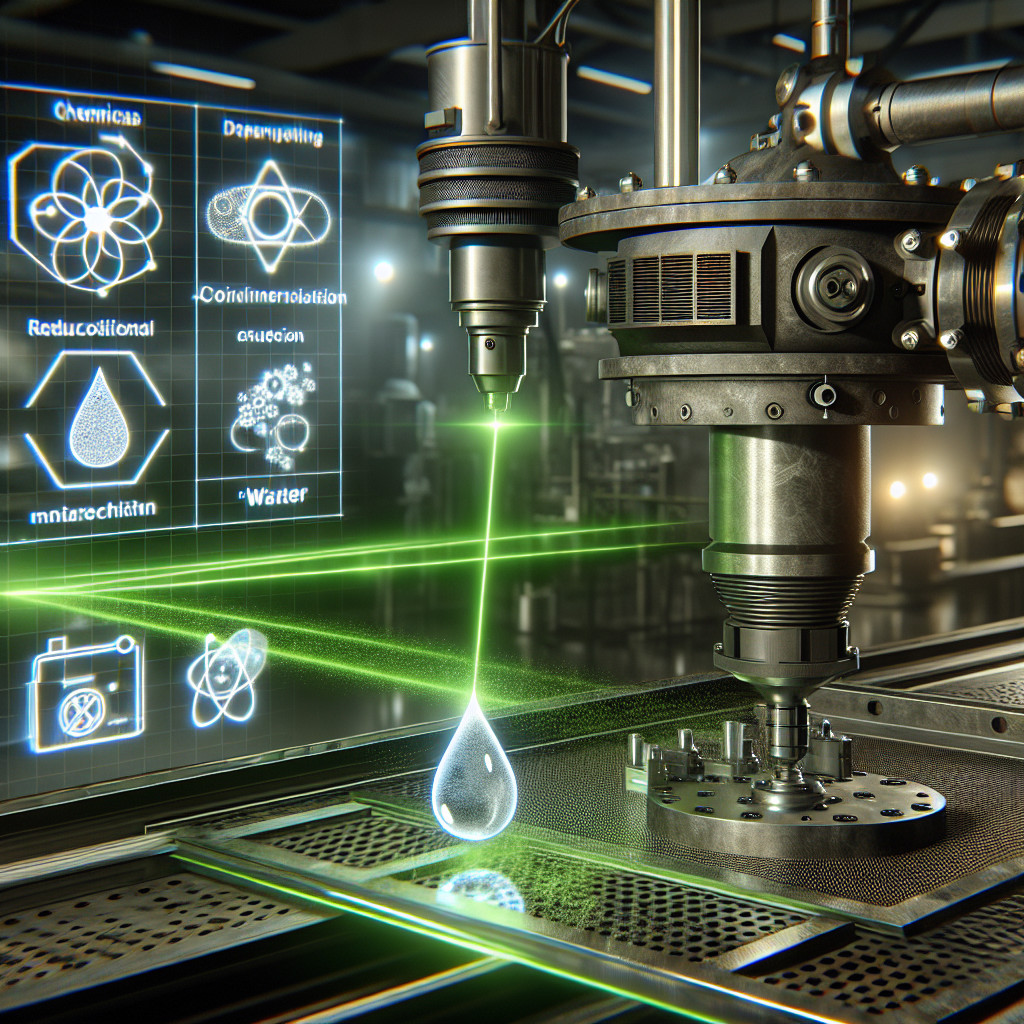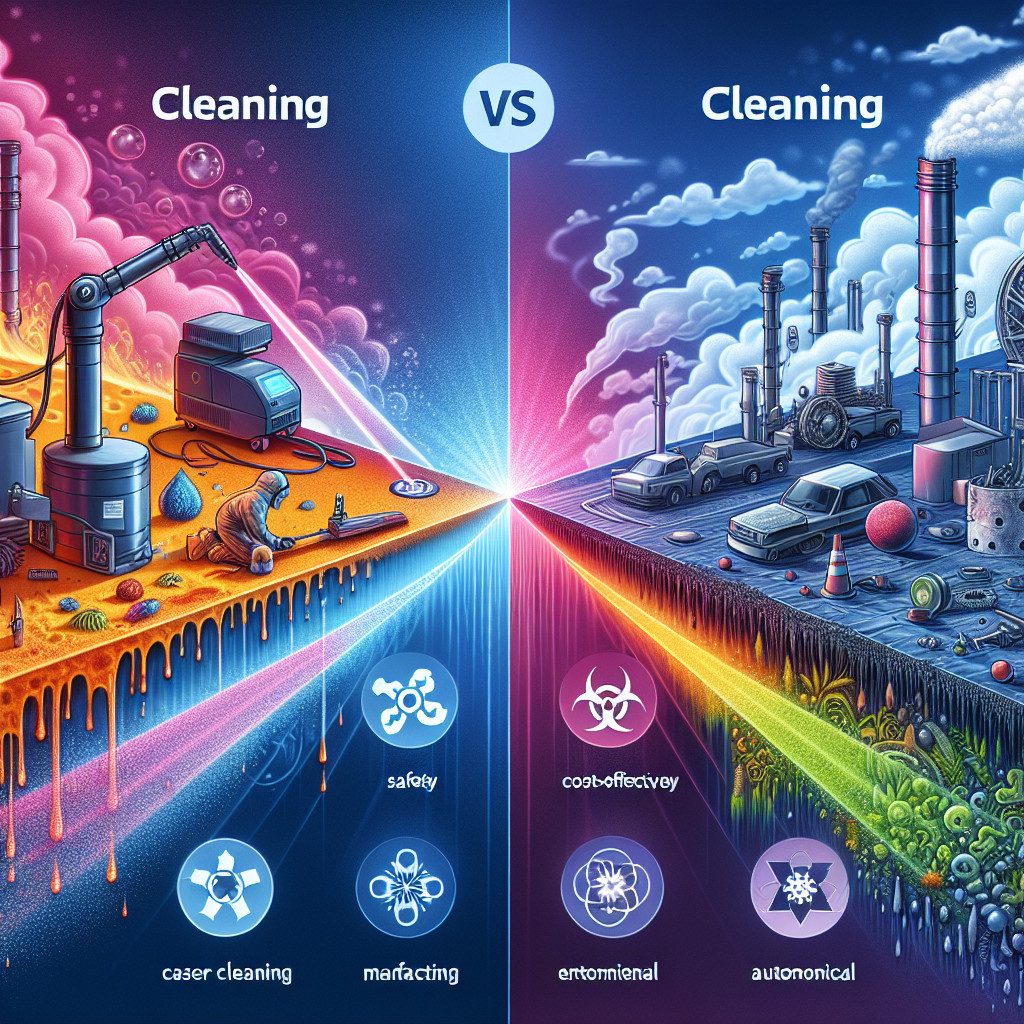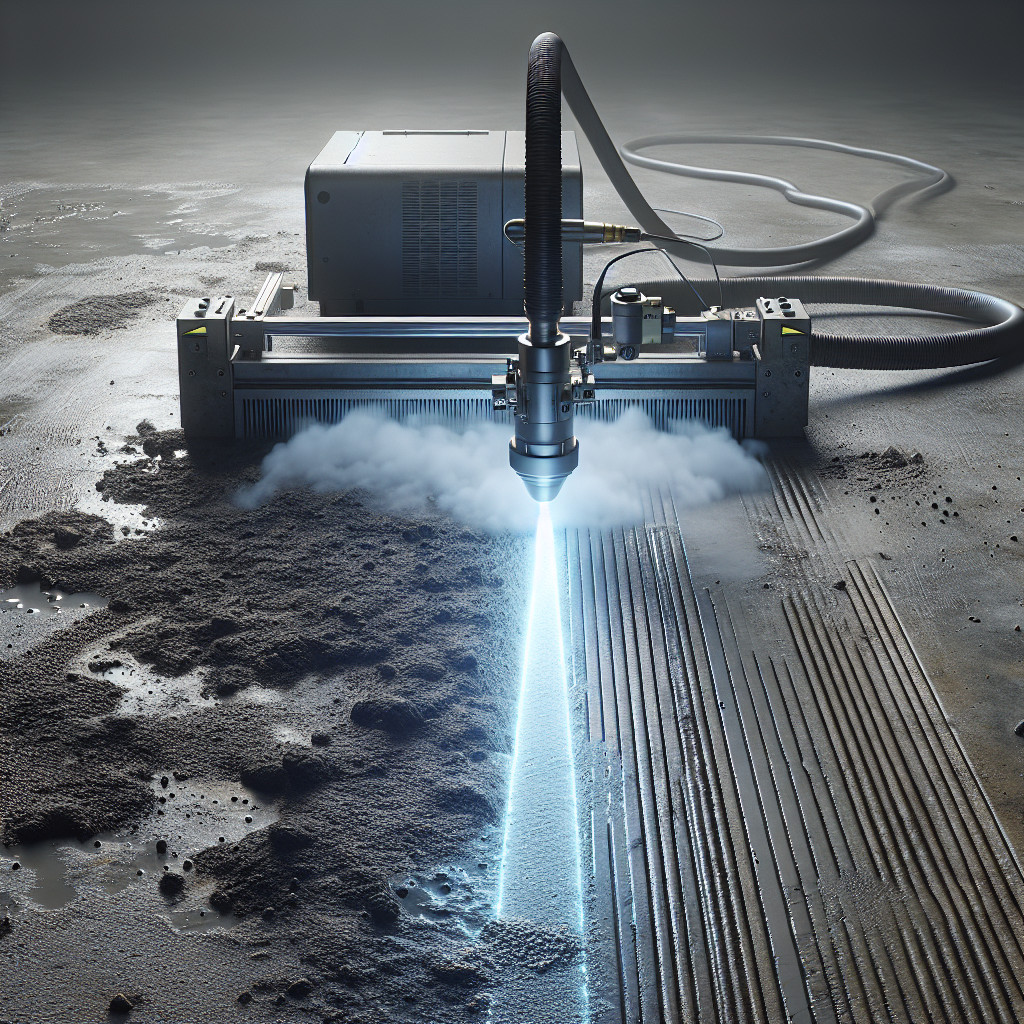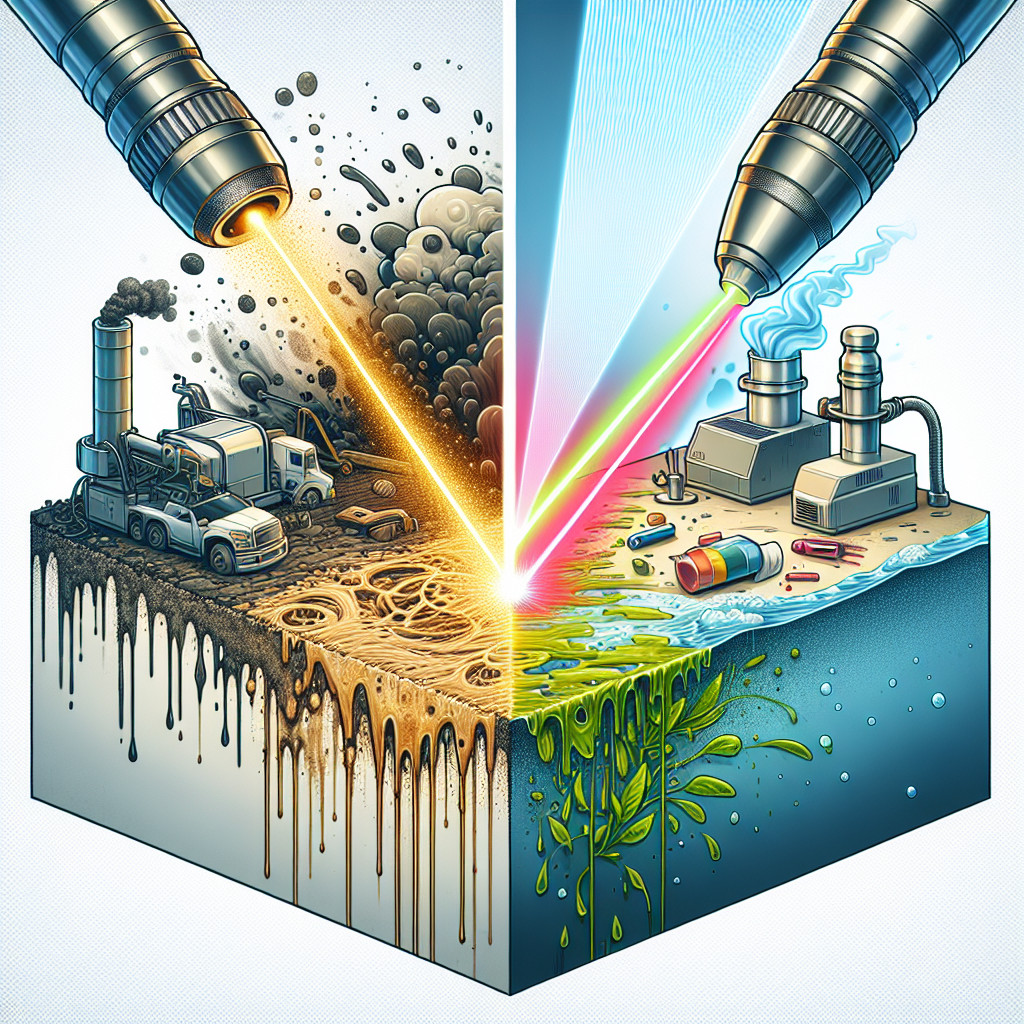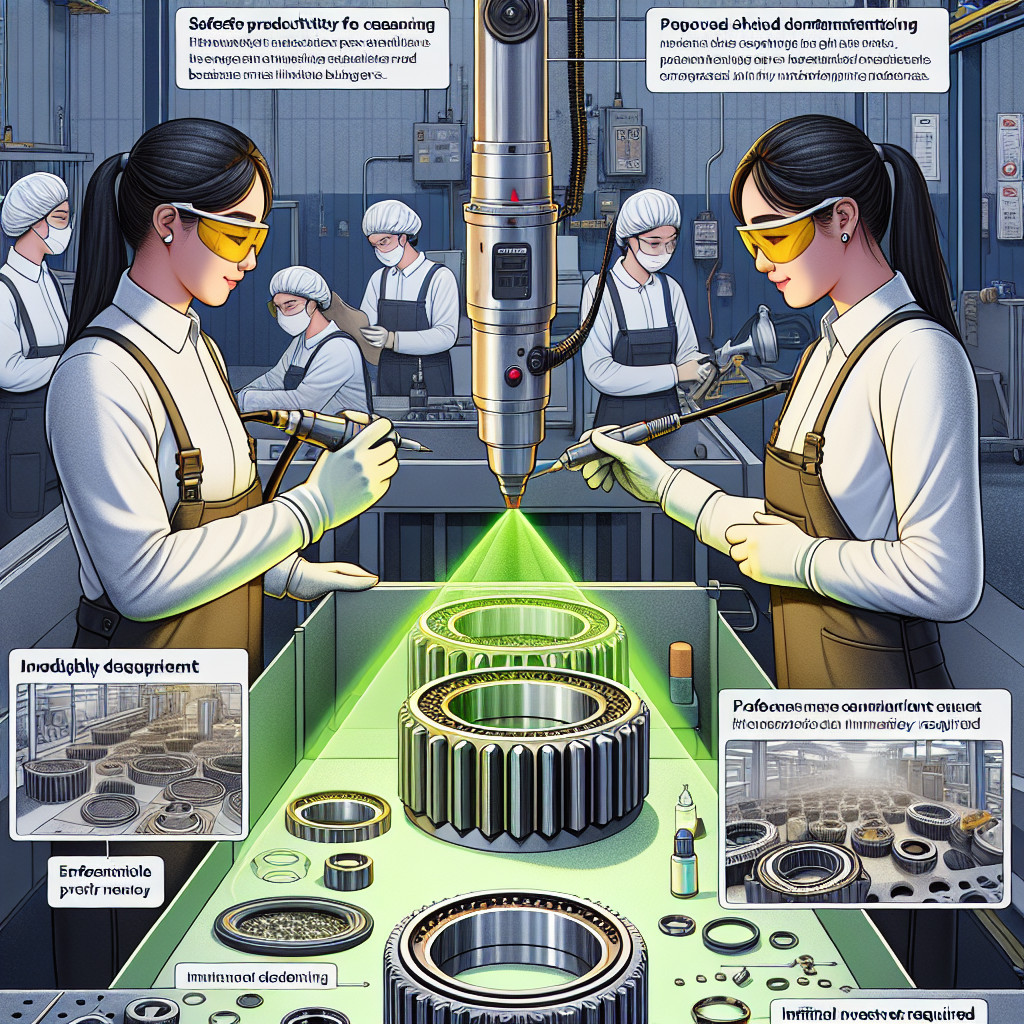- Comparison of laser cleaning with traditional cleaning methods
- Applications of laser cleaning in wood processing
- Future trends and advancements in laser cleaning technology
- Market trends and demand for laser cleaning services in the wood industry
- Collaboration opportunities for laser cleaning technology providers and wood manufacturers
- Impact of laser cleaning on production efficiency and throughput
- Impact of laser cleaning on the overall productivity of wood processing operations
- Introduction to laser cleaning technology
Comparison of laser cleaning with traditional cleaning methods
In recent years, laser cleaning has emerged as a revolutionary technology in the field of industrial cleaning. This method uses high-intensity laser beams to remove contaminants from surfaces without the need for chemicals or abrasive materials. But how does laser cleaning compare to traditional cleaning methods such as scrubbing, sandblasting, or chemical cleaning?
Efficiency
One of the key advantages of laser cleaning is its efficiency. Laser beams can quickly and effectively remove dirt, rust, paint, and other contaminants from surfaces with minimal effort. Traditional cleaning methods, on the other hand, often require a lot of manual labor and can be time-consuming.
Precision
Laser cleaning offers unmatched precision compared to traditional methods. The focused laser beam can target specific areas on a surface without affecting the surrounding areas. This makes laser cleaning ideal for delicate surfaces or intricate parts that may be damaged by traditional cleaning methods.
Environmental impact
Another important factor to consider is the environmental impact of cleaning methods. Laser cleaning is a non-contact and chemical-free process, making it environmentally friendly. Traditional cleaning methods, on the other hand, often involve the use of harsh chemicals or abrasive materials that can be harmful to the environment.
Cost
While laser cleaning technology may have a higher upfront cost compared to traditional methods, it can ultimately save money in the long run. Laser cleaning is a more efficient and precise method, which can reduce the need for costly rework or repairs. Additionally, the lack of consumables in laser cleaning can lead to cost savings over time.
Conclusion
In conclusion, laser cleaning offers numerous advantages over traditional cleaning methods in terms of efficiency, precision, environmental impact, and cost. While the initial investment may be higher, the long-term benefits of laser cleaning make it a worthwhile investment for many industries.
- efficiency
- precision
- environmental impact
- cost savings
- laser cleaning
- traditional cleaning methods
- industrial cleaning
- environmentally friendly
laser cleaning technology, non-contact cleaning, chemical-free cleaning, cost-effective cleaning, industrial applications
#laser #cleaning #efficiency #precision #environment #cost #savings #technology #industrial #environmentallyfriendly #chemicalfree #costeffective #applications
Applications of laser cleaning in wood processing
1. Removal of paint and coatings: Laser cleaning can effectively remove paint, varnish, and other coatings from wood surfaces without damaging the underlying material. This makes it a valuable tool for refinishing furniture, restoring antiques, and preparing wood surfaces for painting or staining.
2. Surface preparation: Laser cleaning can be used to prepare wood surfaces for bonding, painting, or sealing by removing contaminants such as dirt, grease, and oxidation. This ensures better adhesion and a cleaner finish, leading to higher quality products.
3. Restoration of historical woodwork: Laser cleaning is often used in the restoration of historical woodwork, such as wooden sculptures, architectural details, and furniture. The precise control offered by laser cleaning allows conservators to remove dirt, grime, and other contaminants without damaging the delicate wood surfaces.
4. Decontamination: Laser cleaning can also be used to decontaminate wood surfaces by removing mold, mildew, and other organic contaminants. This is particularly important in industries such as food processing, where cleanliness is essential to prevent contamination and ensure product safety.
5. Surface texturing: Laser cleaning can be used to create textured surfaces on wood, adding visual interest and enhancing the aesthetic appeal of products. This is especially useful in furniture design, where textured surfaces can create a unique and distinctive look.
Overall, laser cleaning offers a versatile and efficient solution for a wide range of applications in wood processing. Its non-contact and non-abrasive nature make it a safe and environmentally friendly option for cleaning and preparing wood surfaces.
#laser #cleaning #woodprocessing #applications #surfacepreparation #restoration #decontamination #texturing
Keywords: laser cleaning, wood processing, surface preparation, restoration, decontamination, texturing
Long-tail phrases: laser cleaning applications in wood processing, non-abrasive wood surface preparation, historical woodwork restoration with laser cleaning.
Future trends and advancements in laser cleaning technology
Future trends and advancements in laser cleaning technology
Laser cleaning technology has been rapidly evolving in recent years, with new advancements and trends shaping the future of this innovative cleaning method. From increased efficiency to expanded applications, the future of laser cleaning looks promising.
Advancements in laser cleaning technology
- Increased efficiency: One of the key advancements in laser cleaning technology is the improvement in efficiency. New laser systems are now able to clean surfaces faster and more effectively, reducing the time and energy required for cleaning processes.
- Enhanced precision: Another important advancement is the increased precision of laser cleaning systems. This allows for more targeted cleaning, minimizing the risk of damage to delicate surfaces.
- Expanded applications: Laser cleaning technology is now being used in a wide range of industries, from automotive to aerospace. The versatility of laser cleaning systems makes them suitable for a variety of cleaning tasks.
- Automation: With the development of automated laser cleaning systems, the process has become even more efficient and cost-effective. Automation allows for continuous cleaning operations without the need for manual intervention.
Future trends in laser cleaning technology
- Integration with robotics: One of the future trends in laser cleaning technology is the integration with robotics. This will allow for even greater precision and efficiency in cleaning processes.
- Development of portable systems: As technology advances, we can expect to see the development of more portable laser cleaning systems that can be easily transported and used in various locations.
- Advancements in laser sources: The development of new laser sources will further improve the efficiency and effectiveness of laser cleaning technology, making it an even more attractive option for industrial cleaning applications.
Overall, the future of laser cleaning technology looks bright, with advancements in efficiency, precision, and versatility shaping the industry. As technology continues to evolve, we can expect to see even more innovative solutions for cleaning tasks in various industries.
#laser #cleaning #technology #advancements #efficiency #precision #automation #robotics #portable #industrial #applications
frazy kluczowe:
– Future trends and advancements in laser cleaning technology
– Laser cleaning technology advancements
– Precision laser cleaning systems
– Automation in laser cleaning
– Portable laser cleaning systems
– Industrial applications of laser cleaning technology
Market trends and demand for laser cleaning services in the wood industry
One of the key benefits of laser cleaning is its ability to remove contaminants from wood surfaces without the use of chemicals or abrasive materials. This not only helps to protect the environment, but also reduces the risk of damage to the wood itself. Additionally, laser cleaning is a highly precise and efficient process, allowing for faster and more thorough cleaning than traditional methods. This can result in increased productivity and cost savings for wood manufacturers.
Another factor driving the demand for laser cleaning services in the wood industry is the increasing focus on quality and aesthetics. Laser cleaning can help to restore the natural beauty of wood surfaces, removing dirt, grime, and other imperfections to create a clean and polished finish. This can enhance the overall appearance of wood products and improve their marketability.
As the demand for laser cleaning services in the wood industry continues to grow, we can expect to see a number of market trends emerge. One such trend is the increasing adoption of automated laser cleaning systems, which can help to streamline the cleaning process and improve efficiency. Additionally, we may see a rise in the use of portable laser cleaning devices, allowing for greater flexibility and convenience in cleaning operations.
Overall, the market for laser cleaning services in the wood industry is poised for significant growth in the coming years. As wood manufacturers seek to improve their processes, reduce their environmental impact, and enhance the quality of their products, laser cleaning technology will play an increasingly important role in meeting these goals.
#laser cleaning, #wood industry, #market trends, #demand, #sustainability, #environmental responsibility, #efficiency, #cost savings, #quality, #aesthetics, #automation, #portability
frazy kluczowe:
– Laser cleaning services for wood industry
– Market trends in wood industry
– Demand for laser cleaning in wood industry
– Sustainable cleaning solutions for wood industry
– Benefits of laser cleaning for wood manufacturers
Collaboration opportunities for laser cleaning technology providers and wood manufacturers
Laser cleaning technology has revolutionized the way in which various industries clean and maintain their equipment and products. One industry that stands to benefit greatly from this technology is the wood manufacturing industry. Wood manufacturers often face challenges when it comes to cleaning and maintaining their machinery and products, as traditional cleaning methods can be time-consuming, labor-intensive, and potentially damaging to the wood itself. Laser cleaning technology offers a solution to these challenges, providing a fast, efficient, and non-invasive way to clean wood surfaces.
There are numerous to work together and leverage the benefits of this technology. By partnering with laser cleaning technology providers, wood manufacturers can improve their cleaning processes, reduce downtime, and increase the lifespan of their equipment and products. Additionally, laser cleaning technology can help wood manufacturers meet strict cleanliness and safety standards, ensuring that their products are of the highest quality.
One potential collaboration opportunity is for laser cleaning technology providers to offer their services to wood manufacturers on a contract basis. This would allow wood manufacturers to benefit from the technology without having to invest in expensive equipment themselves. Laser cleaning technology providers could also work with wood manufacturers to develop customized cleaning solutions tailored to their specific needs and requirements.
Another collaboration opportunity is for laser cleaning technology providers and wood manufacturers to collaborate on research and development projects. By working together, they can explore new applications for laser cleaning technology in the wood manufacturing industry, as well as develop new techniques and processes to improve cleaning efficiency and effectiveness. This collaboration could lead to the development of innovative solutions that benefit both parties and drive industry growth.
In conclusion, collaboration between laser cleaning technology providers and wood manufacturers offers numerous benefits for both parties. By working together, they can improve cleaning processes, reduce downtime, and increase the quality of wood products. Collaboration opportunities in this area are vast, and by leveraging the benefits of laser cleaning technology, wood manufacturers can gain a competitive edge in the market.
- Improved cleaning processes
- Reduced downtime
- Increased product quality
- Customized cleaning solutions
- Research and development projects
- #laser cleaning
- #wood manufacturing
- #collaboration opportunities
- #research and development
Impact of laser cleaning on production efficiency and throughput
Impact of laser cleaning on production efficiency and throughput
Laser cleaning is a cutting-edge technology that has revolutionized the way manufacturers clean and prepare surfaces for production. By using high-powered lasers to remove contaminants, rust, paint, and other unwanted materials from surfaces, laser cleaning offers a fast, efficient, and environmentally friendly alternative to traditional cleaning methods.
One of the key benefits of laser cleaning is its impact on production efficiency and throughput. Traditional cleaning methods, such as sandblasting or chemical cleaning, can be time-consuming and labor-intensive. In contrast, laser cleaning is a non-contact process that can be automated, allowing for faster and more consistent cleaning of surfaces. This can lead to significant time savings and increased productivity for manufacturers.
Another advantage of laser cleaning is its ability to clean hard-to-reach areas and complex geometries with precision. This is particularly important in industries such as aerospace, automotive, and electronics, where cleanliness and surface preparation are critical for product quality and performance. Laser cleaning can effectively remove contaminants from intricate parts and components, ensuring that they meet the highest standards of cleanliness and quality.
Furthermore, laser cleaning is a safe and environmentally friendly process. Unlike traditional cleaning methods that use harsh chemicals or abrasive materials, laser cleaning does not produce any waste or harmful byproducts. This makes it a sustainable and eco-friendly option for manufacturers looking to reduce their environmental impact and comply with regulations.
In conclusion, the impact of laser cleaning on production efficiency and throughput cannot be overstated. By offering a fast, efficient, and environmentally friendly alternative to traditional cleaning methods, laser cleaning has the potential to revolutionize the way manufacturers prepare surfaces for production. With its ability to clean hard-to-reach areas, complex geometries, and delicate components with precision, laser cleaning is a valuable tool for industries that require high levels of cleanliness and quality.
- Increased productivity
- Precision cleaning
- Environmental sustainability
- Time savings
- Automated cleaning processes
- #laser
- #cleaning
- #productionefficiency
- #manufacturing
- #environmentallyfriendly
Keywords: laser, cleaning, production efficiency, throughput, automation, precision cleaning, environmental sustainability, time savings, manufacturing
#laser, #cleaning, #productionefficiency, #manufacturing, #environmentallyfriendly
Keywords: laser, cleaning, production efficiency, throughput, automation, precision cleaning, environmental sustainability, time savings, manufacturing
Impact of laser cleaning on the overall productivity of wood processing operations
Laser cleaning is a non-contact, environmentally friendly method of removing contaminants, coatings, and oxides from surfaces using a high-energy laser beam. This technology offers several advantages over traditional cleaning methods, including:
– Efficiency: Laser cleaning can remove contaminants quickly and effectively, reducing downtime and increasing the overall productivity of wood processing operations.
– Precision: The focused laser beam can target specific areas without damaging the underlying material, ensuring a high-quality finish.
– Environmentally friendly: Laser cleaning does not require the use of chemicals or abrasive materials, reducing waste and environmental impact.
The can be seen in several ways:
1. Improved equipment performance: By removing contaminants and oxides from equipment surfaces, laser cleaning can improve the efficiency and longevity of the machinery used in wood processing operations.
2. Reduced maintenance costs: Laser cleaning can help prevent corrosion and wear on equipment, reducing the need for costly repairs and maintenance.
3. Increased product quality: The precision of laser cleaning ensures a clean surface finish, leading to higher-quality wood products.
4. Enhanced worker safety: Laser cleaning eliminates the need for manual cleaning methods that can expose workers to hazardous chemicals and abrasive materials.
Overall, the adoption of laser cleaning technology in wood processing operations can lead to increased efficiency, reduced costs, and improved product quality.
#woodprocessing #laser cleaning #productivity #efficiency #environmentallyfriendly
frazy kluczowe:
– Impact of laser cleaning on wood processing operations
– Laser cleaning technology in wood processing
– Benefits of laser cleaning in wood processing operations
Introduction to laser cleaning technology
How does laser cleaning work?
Laser cleaning works by focusing a high-intensity laser beam onto the surface to be cleaned. The energy from the laser beam interacts with the contaminants on the surface, causing them to either vaporize or ablate. The process is highly controlled and can be adjusted to suit different materials and surface types. Laser cleaning is non-contact, which means there is no physical contact between the cleaning equipment and the surface, reducing the risk of damage.
Advantages of laser cleaning technology
– Precision: Laser cleaning technology allows for precise control over the cleaning process, ensuring that only the unwanted materials are removed without damaging the underlying surface.
– Efficiency: Laser cleaning is a fast and efficient method of cleaning surfaces, reducing the time and labor required compared to traditional methods.
– Environmental friendliness: Laser cleaning does not require the use of harsh chemicals or solvents, making it an environmentally friendly cleaning solution.
– Versatility: Laser cleaning technology can be used on a wide range of materials, including metals, plastics, ceramics, and composites.
Applications of laser cleaning technology
Laser cleaning technology has a wide range of applications across various industries, including:
– Aerospace: Laser cleaning is used to remove coatings, adhesives, and contaminants from aircraft components.
– Automotive: Laser cleaning is used to remove rust, paint, and other contaminants from car parts.
– Cultural heritage: Laser cleaning is used to clean and restore historical artifacts and monuments.
– Electronics: Laser cleaning is used to remove oxides and contaminants from electronic components.
In conclusion, laser cleaning technology is a highly effective and versatile method of cleaning surfaces. Its precision, efficiency, and environmental friendliness make it a preferred choice for industries looking for a modern and sustainable cleaning solution.
#laser #cleaning #technology
frazy kluczowe:
– laser cleaning technology advantages
– laser cleaning applications
– precision laser cleaning
– efficiency laser cleaning
– environmental friendly laser cleaning
- Laser cleaning and long-term cost savings – cost analysis - February 29, 2024
- Laser cleaning and reducing emissions of harmful substances - February 28, 2024
- Can laser cleaning be used in veterinary medicine? - February 28, 2024



